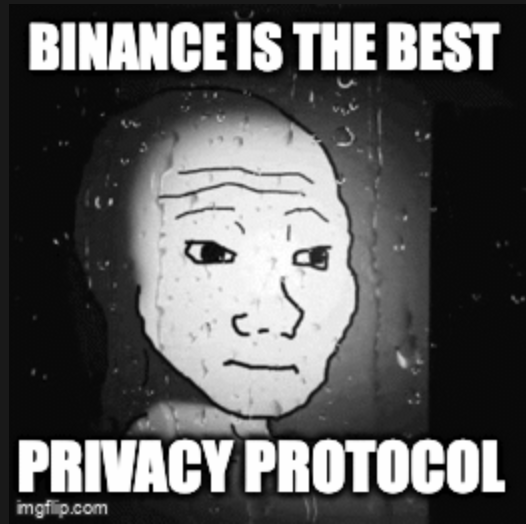Disjunction of spirits
Gamified trusted setup ceremony
Read more
October 27, 2025
Domain Expansion Domain Expansion Domain Expansion Domain Expansion Domain Expansion Domain Expansion Domain Expansion Domain Expansion
The demand for privacy is on the rise, but privacy on Ethereum is still not upto the mark and has been struggling for a long time with actors like ZachXBT decrypting random privacy protocol txs in 5 mins while ordering coconut water while resting in the balcony of our sweet cheery infinite garden.

OGs know the reason for this and most people acknowledge this reality.
To summarize there are two reasons for it:

Today, we’re proud to announce that 0VM v1 is live on Ethereum mainnet—and with it, a new primitive: Anonymous Verification. And this isn’t just an improvement. It’s the missing infrastructure that finally makes universal, composable, and trustless privacy possible on Ethereum and helps us build and make protocols like the ghost layer possible.
0VM is a general-purpose zero-knowledge computing layer with two main purpose :
0VM as a full stack architecture is built with the long term goal in mind that it provides ZK apps on ethereum with the necessary infrastructure to create private and scalable apps. Creating a cambrian explosion of ZK protocols on Ethereum.
But its most transformative contribution is in the second. 0VM enables users to pay relayers without revealing their identity—not through economic incentives, but through cryptographic guarantees. It introduces a new concept known as “anonymous verification” that it puts into practice through which it is able to signal to a protocol the ability for a user to make a payment in the future. This in return allows users to process state transactions in the system without paying themselves, while respecting the principles of decentralization in practice.

At its core, 0VM introduces a Root Network: a decentralized group of signers using threshold ECDSA (based on Gennaro-Goldfeder 2020). When a user deposits funds into 0VM’s paymaster contract, the Root Network cryptographically verifies their ability to pay—without learning who they are—and issues a signed authorization that any relayer can use to submit the transaction with zero risk of non-payment.
The link to read the whitepaper is shared at the end of this document.
This is Anonymous Verification: a trustless, decentralized, and privacy-preserving payment guarantee, that helps privacy protocol like silent build systems like Ghost layer, that can have flexible constructs to create
In Tornado Cash:
This works for fungible tokens—but fails completely for:
Worse, relayers bear gas risk, leading to centralization and censorship.
0VM decouples payment from payload:
This unlocks what was previously impossible when it comes to processing transactions on ethereum, especially those that need privacy, especially anonymity. Critically, Ghost Layer—the world’s first secure value-transfer layer for Ethereum—depends entirely on 0VM. Without Anonymous Verification, features like TransferToNonSilent that would bring the concept of a secure value transfer layer to life would expose user identity or fragment assets. As stated in the EZEE whitepaper (soon to be released)
“Interaction within the ghost layer requires the user to utilize the 0VM in order to uphold and respect the privacy guarantees of the user.”
We’re shipping in phases to ensure security and reliability.
Currently 0VM is plugged into the Ghost layer and at a future date, would open its interfaces for other ZK applications to use 0VM.
0VM is more than a relayer fix. It’s the trustless pipeline that connects private intent to public execution—without compromise. With Ghost Layer providing the confidential ledger and 0VM providing the anonymous transaction layer, Silent Protocol is delivering on its mission: to encrypt Ethereum. Not for a select few. Not in silos. But for everyone—even those who’ve never heard of us. Because privacy shouldn’t be opt-in. It should be universal.



Silent Compliance VM -part B
Read more